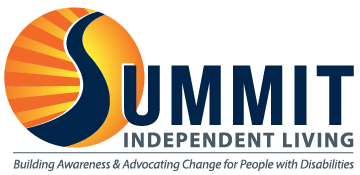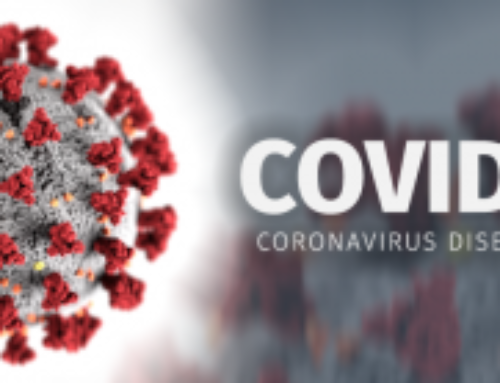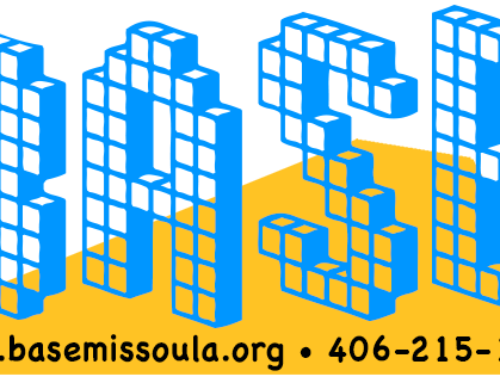Disability is a protected minority status in the United States, alongside race and gender. While we tend to think of race or gender as fixed-from-birth identities, disability is not at all a fixed aspect of identity.
Identity and status are rich sources of philosophical inquiry, but, generally, Americans tend to think of identity as highly stable. Think of how threatened we feel if, suddenly, we are stripped of our professional credentials, our livelihood, or our social status, and not just because these things are important for accessing opportunities and resources, but because these roles define us and give us a comfortably predictable perspective from which to approach and interact with the world.
The Centers for Disease Control and Prevention (CDC) uses an unfortunate term to present data that 33% of infants in the US are born with a “birth defect.” Though some individuals have a disability from birth or infancy, disability is one status that can happen to anyone at any time, leading disability advocates to use terms like ‘temporarily able-bodied’ and describe disability as a natural part of life. In Montana, 26.5% of adults have a disability, which is just a whisker over the national statistic. If you’re wondering why you don’t see 1 in 4 Montanans using wheelchairs and white canes, you’re not alone. When we think of disability, we tend to think of what we call visible disabilities like a mobility impairment, blindness, or a prosthetic limb. Other disabilities are invisible, like many mental illnesses, sensory impairments, and a variety of physical conditions.
Given that so many human beings experience the transition from ‘able-bodied’ to disabled, it is not entirely unlikely that you or a loved one may one day identify as having a disability if you haven’t already. But please do not let this statistical reality alarm you. Disability truly is a natural part of the human experience. Another reason the number seems higher than 1 in 4 of all the people you know is that disability can not only be acquired but many individuals also return to ‘able-bodied’ status after some time.
For instance, think of a cancer patient undergoing intensive chemotherapy. This person may spend months or years battling for their life and health, requiring personal care to meet their basic needs, and unable to work or help support their family. Then comes a remission. They build up their health and return to work, caring for their family, and basically functioning as before their illness.
This isn’t to say that disability equates to an inability to work: it doesn’t. Even people with such significant mobility impairments as complete quadriplegia can work full time due to the benefits of technology. Current technology allows people with all types of disabilities to engage in all types of activities.
Studies on personality and outlook show that these traits stay remarkably stable in individuals after they acquire life-changing physical disabilities. People tend to feel devastated during a kind of grief process and adjustment period. Then, despite having an utterly different relationship with their physicality, many return to their former interests and generally happy way of life. The point is, acquiring a physical disability really needn’t change a person’s personality or general abilities, but can and does teach us how much of our physical infrastructure is designed with only ‘able-bodied, average-sized’ adults in mind.
During the struggle to acquire an education, people with disabilities were once often denied physical access to the rooms of educational buildings, the format of the material, and to be seen as equal individuals by policymakers and society. With the passage of the Americans with Disabilities Act of 1990, people with disabilities were granted legal protections that increased equality but have not erased inaccessibility or social stigma. I was shocked to discover, while researching rates of congenital versus acquired disabilities, that the CDC still uses the phrase “birth defects” when referring to congenital health conditions. My shock is over the ableism of the language: a health condition is seen as a defect, and “birth defect” sounds like the whole baby as if the whole individual is somehow defective and not a whole or complete human being. That dehumanizing language and treatment were what sparked the disability community’s participation in the fight for civil rights, and ultimately led to the passage of the ADA.
Today, every county in the country has a Center for Independent Living to serve it. These Centers are meant to promote and defend the rights of individuals with disabilities through the offering of several core services. Summit Independent Living is Western Montana’s Center for Independent Living and in the past year we had over 400 participants in our classes, over 1000 information and referral calls, and we advocated for individuals and the greater disability community each and every day. We offer a wealth of services in a wide variety of settings, and the only eligibility requirement to receive our services is that an individual self-identifies as currently experiencing a disability of any kind. Our services could reach so many more people if our society understood more about what disability is, because the definition of disability is much, much broader than just using a wheelchair or a white cane.







Connect With Us